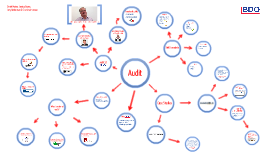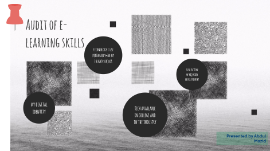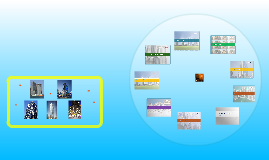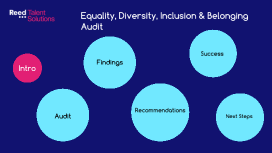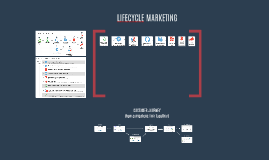AUDIT PRESENTATION
Transcript: Audit of e-learning skills Presented by Abdul Mazid my digital identity my digital identity introduction Welcome. A short presentation to identify and showcase my grasp of technology, implementation and realisation of what is available to me within the institute and industry. Lastly an evaluation of my areas for developement. my knowledgeof my knowledgeof i personally do not believe in catagorising people. According to Prensky 2001, people can be divided into two catagories- Digital Natives & Digital Immigrants. Which one am I? Inbetween I'd say. Or would I? what do i mean? what do i mean? im confused Technology in recent times has become the backbone to learning. Something "we" are so reliant upon, lessons would not be a success without. When i say we, do I mean the learner or the provider? Every time I go to school, I have to power down(Prensky 2001). A sentiment of one learner at a secondary school. It seems according to Prensky, learners fall into one catagory and providers another based on age. this would suggest there is a schism that needs to be bridged. legacy content vs future content Learning, can it really be divided into into these catagories? Does this concept work today? Isn't the use of technology to learn a natural part of learning or are we still bridging gaps? It‟s not actually clear to me which is harder – “learning new stuff” or- “learning new ways to do old stuff.” Prensky 2001 new forms of learning call for new classification Given the new ways we learn with technology at its heart. Writings also suggest, new theories have to be formulated and applied to help us justify our practices as teachers, Wheeler 2008. Some of these are- Heautagogy Paragogy Connectivism Rhizomatic learning in digital enviroments Postmodernistic perpective new forms of learning call for new classification what does any of this mean? why is it important? how does it tie into me? ideas have changed, times have changed, have we? ideas have changed, times have changed, have we? more recent writings suggest that these titles are obsolete. Tall blog 2012. The all new categorisation is Digital Residents and Digital Visitors. BUT WHAT DOES THAT MEAN? Conclusion It is not based on gender or age. identity based on needs. Where does that leave me? Digital resident have an online presence. are always linked in. regularly maintain their online persona. professionally, for study and for recreation. crucial aspect of how they present themselves Digital Visitor Uses the web as a tool in an organised manner. Whenever the need arises. Appropriate and focused need to use the web but don’t ‘reside’ there. EVOLUTION OF CONCEPT EVOLUTION OF CONCEPT Digital Natives, Digital Immigrants Evaluating digital services: a visitors and residents approach Not ‘Natives’ & ‘Immigrants’ but ‘Visitors’ & ‘Residents’ 2001 2012 2014 our focus for e learning our focus for e learning technology i use personally+in my taught subject technology i use personally+in my taught subject I find teaching ESOL to be an amazing experience. as the video suggests, asides from the comedy, some aspects of ESOL require a traditional approach i.e. writing practice, punctuation and speaking etc. But that doesnt mean to say i do not use technology. Uses- Smartboard(MULTIPLE USES) Powerpoint Short videos- Youtube Quizlet Kahoot Moodle/VLE Personally I am very confident in the use of technology Android based tech- whatsapp, facebook, gmail. IOS platform CAD Windows since Win95 Apple Vehicle diagnostics Wireless CCTV PC maintenance Web design Steve Wheeler,2008 Steve Wheeler,2008 Tech available in college and in the industry Tech available in college and in the industry what does the college offer? computer rooms theatres smartboards tv dvd online support VLE/Moodle IT support IT courses laptops online material tech support in the industry/broader sense- FELTAG est 2013 by Matthew Hancock group of BIS ministers offering practical reccomendations of practical and effective use of tech in learning for Further Education Its focus- Horizon Scanning Investment+capital inferstucture Regulation+funding Workforce capacity Employers Learners lets break it down- keep up with change Investing correctly and keeping up with tech regulation must not limit progress teachers need for continuous professional developement should be met work actively with employers to make apprenticeships better BYOD. push learners to use tech more, especially their own devices in the process The Feltag report 2014 has bought about massive change and awareness and the Government has responded positively to their suggestions showing many sectors taking on board this ideal of ensuring more effective use of technology. Feltag progress report 2015. evaluation of requried developement evaluation of requried developement When evaluating and reviewing ones self, its hard to be kind. This leads to some questions coming to mind- How can I become better? How do I upgrade? What can I upgrade to have a better more






